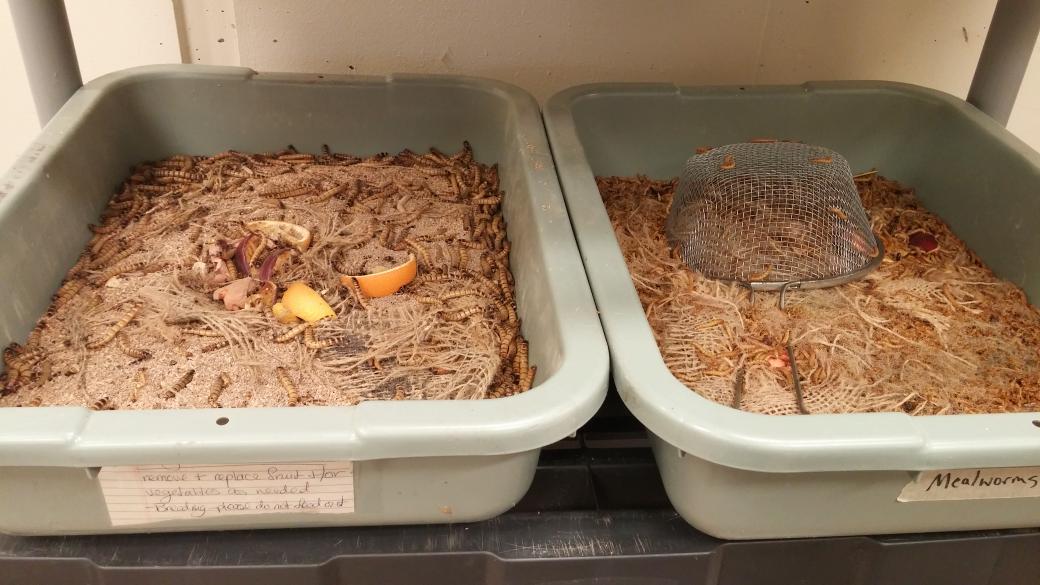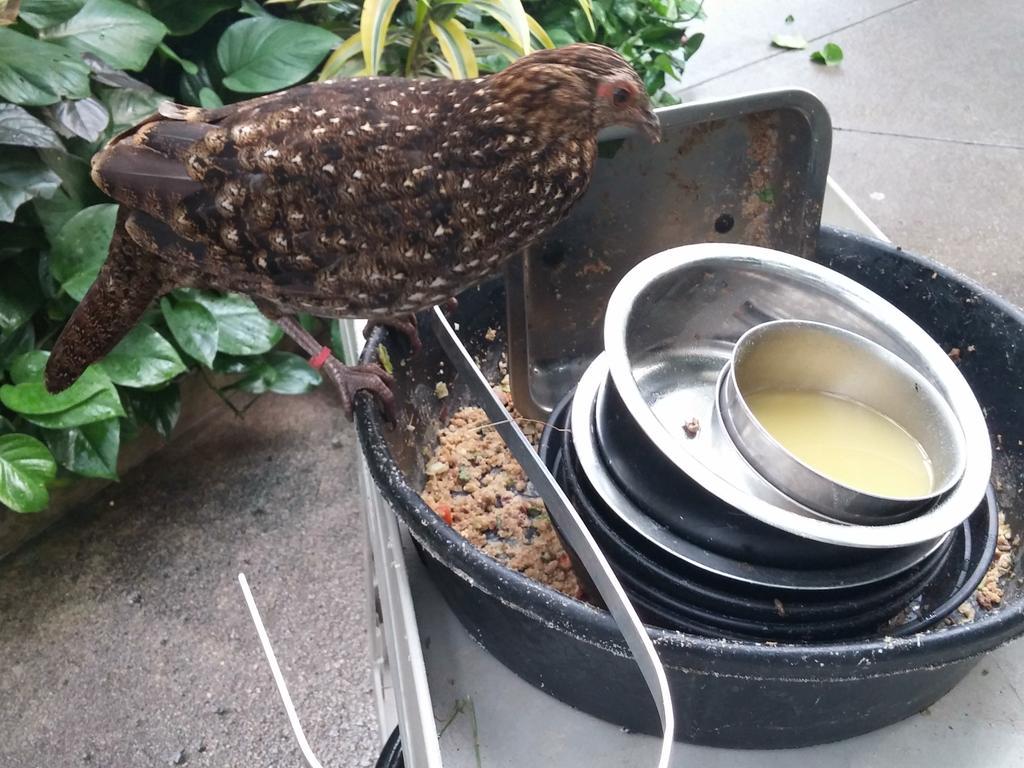More behind the scene photos + videos in the Tweet-A-Long. Video links for the lazy: Running hot to a call. Biggest fire engine in town. "The most important job on the job."
One of the most fun aspects of this tweet-a-long was getting to learn the fire lingo.
- Station 3 is just "3's."
- The Captain's Office is a "Watch Box."
- "Signal 3" means there's a civilian nearby (so watch your mouth.)
- "Ethyl-methyl-bad-stuff" (or more colorful versions) refers to the hazardous materials our teams encounter.
- And "running hot" means you're driving with your sirens on and running stop lights. So my dream.
 |
| Hales is the cat in the shades |
As a shift commander -- one of three for 101-- Hales oversees fire suppression, rescue and hazmat for the entire City. His main responsibility, however, is to handle the needs of Stations 1, 3, 6 and 11 (which serve central and north Topeka). He goes around to those stations daily, when there aren't any major incidents, meeting with them, getting them equipment they need and looking over their reports.On major incidents, Hales and the shift commanders act as the incident commanders. Nine times out of 10, that means monitoring the scene for things firefighters might not see while engrossed in the response.
"Incident commanders are responsible for safety," he said. "Ninety-eight percent of the time, we don't have to intervene. They know their job, and they do it well."
Hales started with TFD in 1986. "Back in the old days" (a phrase he used often), firefighters had to memorize their run card maps. Emergency calls would come out citywide, and you had to know, by the address alone, whether it was in your area. But that history and experience in fire suppression and rescue is valued among management, he said.
 |
| Old timey run card map |
"We all came from fire suppression, which hopefully makes us good at incident command," he said. "We've been in fires. We know what's going on."
Firefighters respond to more medical calls than they do fires, but Hales cautioned against downplaying that.
"We see terrible things on medical calls. Things that would be hard on anybody," he said.
As we were driving east on I-70 near MacVicar, he recalled one of the most traumatic calls in his time with TFD. A deer ran out of a nearby field, striking the windshield of a minivan. The two parents were killed instantly. The three children in the back left in shock. The firefighters took them back to their station to clean them up, but Hales still hasn't shaken the images from his mind.
"If you sat with us at a dinner table after a bad call, people would think we're callous and uncaring," Hales said. "But we're not. We do this job because we care. We use jokes as a way to deal with things. No firefighter wants to run some calls, like with kids. We deal with death and gore and stress in our own ways. And that's why we have a Critical Incident Stress Team.
In the newspaper business, we called that "gallows humor," and, believe me, sometimes, it's the only thing that makes reality easier to deal with.
 |
| Bunk rooms in fire stations vary, but necessary: All work 24-hour shifts |
As we rode to the different stations, I told him about the pothole patchers getting trash thrown at them, and the water meter reader who experienced racism. Hales said, "Everybody sees racism. Not very often." But, generally, he said, people want the firefighters there.
"When you call for us, you are in dire straights, and glad to see us," Hales said. "We love our job because we love helping people. We like this kind of work. You get great personal satisfaction when you help somebody on their worst day."
"I tell people, 'You don't want to see us work,'" he continued. "'Because if you're seeing us work, somebody's having a terrible day.'"
We heard one call during our short two hours, a medical call, but our firefigthers beat us to it. As first responders and employees of the City, even I had to watch what I sent out, which goes against my grain as a reporter. Providing first response medical services means we operate under HIPPA, and therefore, some pretty strict privacy guidelines. Anything I heard over the fire radio -- even if dispatch said it seconds later -- was off limits. Names and addresses fall in the same boat.
For more behind-the-scenes looks at fire stations and equipment, check out the compiled Tweets.
Next week, I'm spending a couple of hours with Municipal Court at our alternative sentencing program. #topekatweetalong or @cityoftopeka on Twitter.


